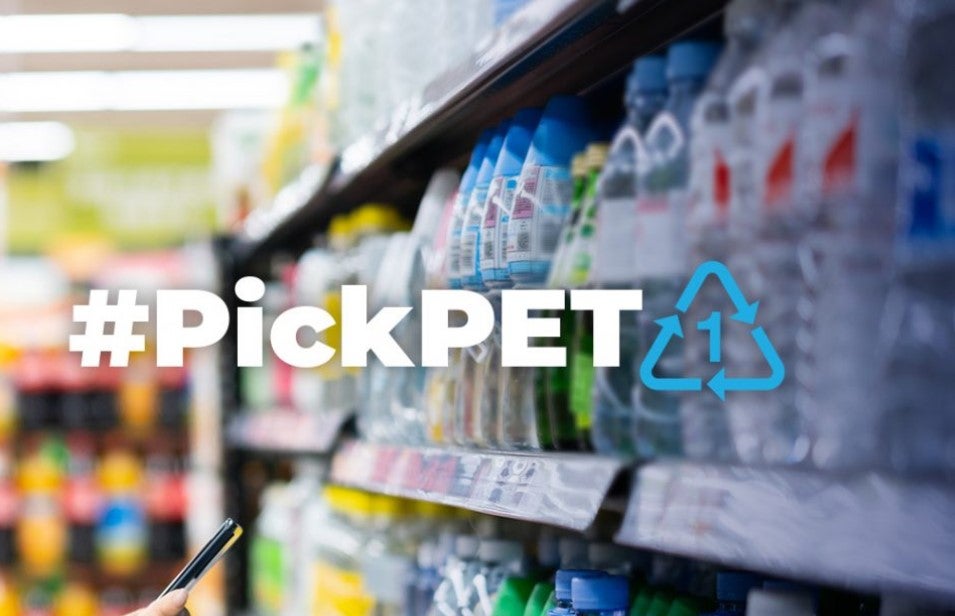
NAPCOR partnered with life cycle assessment and solid waste management consulting firm, Franklin Associates, for its recent study and concluded PET plastic is the single best packaging solution for truly reducing global warming in the US.
The aim of the report was to investigate the environmental impacts of beverage bottles and cans specifically in the US.
The study, which compared glass and aluminium to PET plastic, found PET delivers significant environmental savings across several key environmental categories, including:
- Energy consumed
- Greenhouse gas emissions
- Water consumption
- Acid rain
- Smog
- Eutrophication potential
NAPCOR also points out the report is based on evaluating the environmental benefits and trade-offs for the entire life cycle of a product – from raw material extraction through material production, use, reuse or recycling where applicable and final disposition.
The report looked at some of the most commonly used beverage containers for carbonated soft drinks and still water. It compared PET plastic, glass and aluminium carbonated soft drinks and still water beverage container systems and used an independent peer review process that verified the methodology and findings over the course of eight months.
Key findings from the PET plastic versus glass and aluminium report
- PET plastic bottles produce significantly fewer greenhouse gas emissions.
- PET requires less energy to produce than glass and aluminium counterparts
- Beyond PET’s beneficial reduction to global warming, PET plastic bottles also create less solid waste, use less water, and generate fewer emissions detrimental to air and water quality during production
- Total lifecycle impacts of a PET beverage container are better for the environment than glass or aluminium
- PET beverage container systems, accounting for the largest share of U.S. CSD and bottled domestic still water sales, compare favourably with the predominant aluminium and glass container systems for these applications
- Glass bottles have the highest impacts for most environmental metrics evaluated, followed by aluminium cans, then PET bottles
- All comparisons of PET CSD bottles with glass bottles and all comparisons of PET water bottles with aluminium cans show PET being better in most environmental impact categories.
Key conclusions from the PET plastic versus glass and aluminium report
NAPCOR explained that a PET bottle is 100% recyclable and can be made with 100% recycled content, and added: “As this LCA shows, the total life cycle of a PET beverage container has less environmental impact than its glass or aluminium counterparts.”

US Tariffs are shifting - will you react or anticipate?
Don’t let policy changes catch you off guard. Stay proactive with real-time data and expert analysis.
By GlobalDataNAPCOR believes “PET should be embraced and celebrated for the positive impact that consumers can literally hold in their hands.”
It also wants the findings to be used to promote increased PET packaging among beverage brands, expanded shelf space in retail outlets for products packaged in PET and strong legislation to keep sustainable choices such as PET beverage packaging in use.
Further, it stated that the accompanying infrastructure to accelerate these changes needs to happen concurrently to drive tangible environmental change: “That includes increased recycling rates and capabilities nationwide.”



